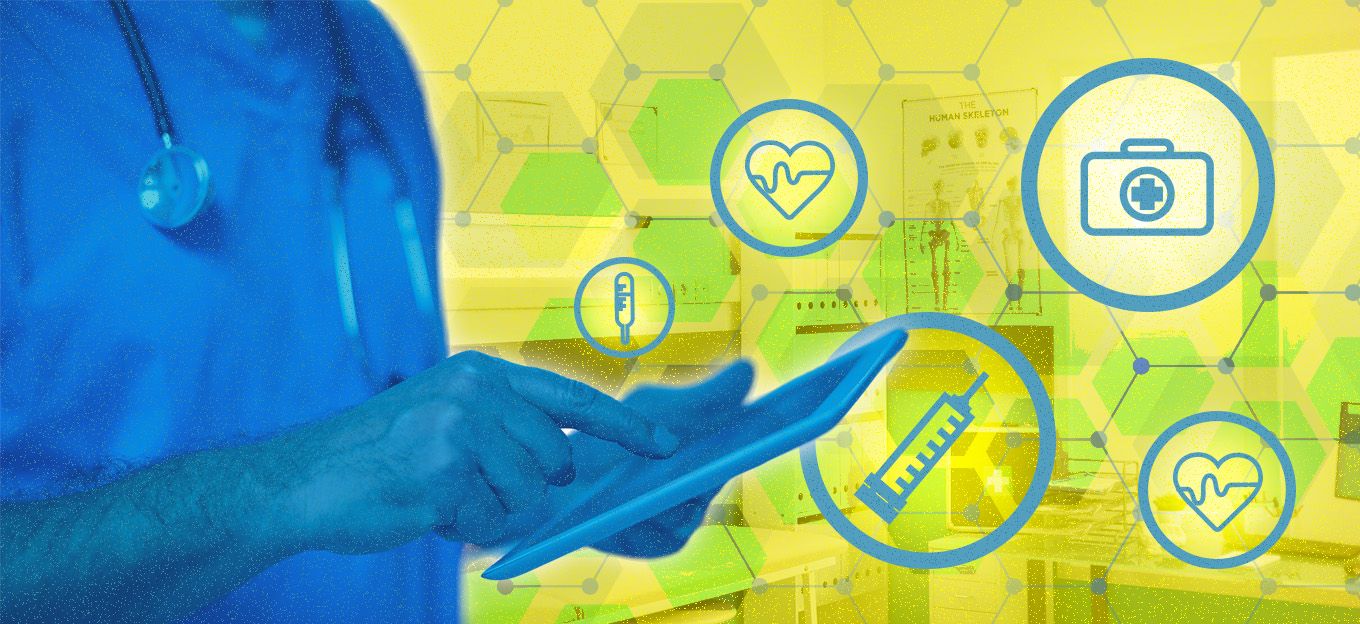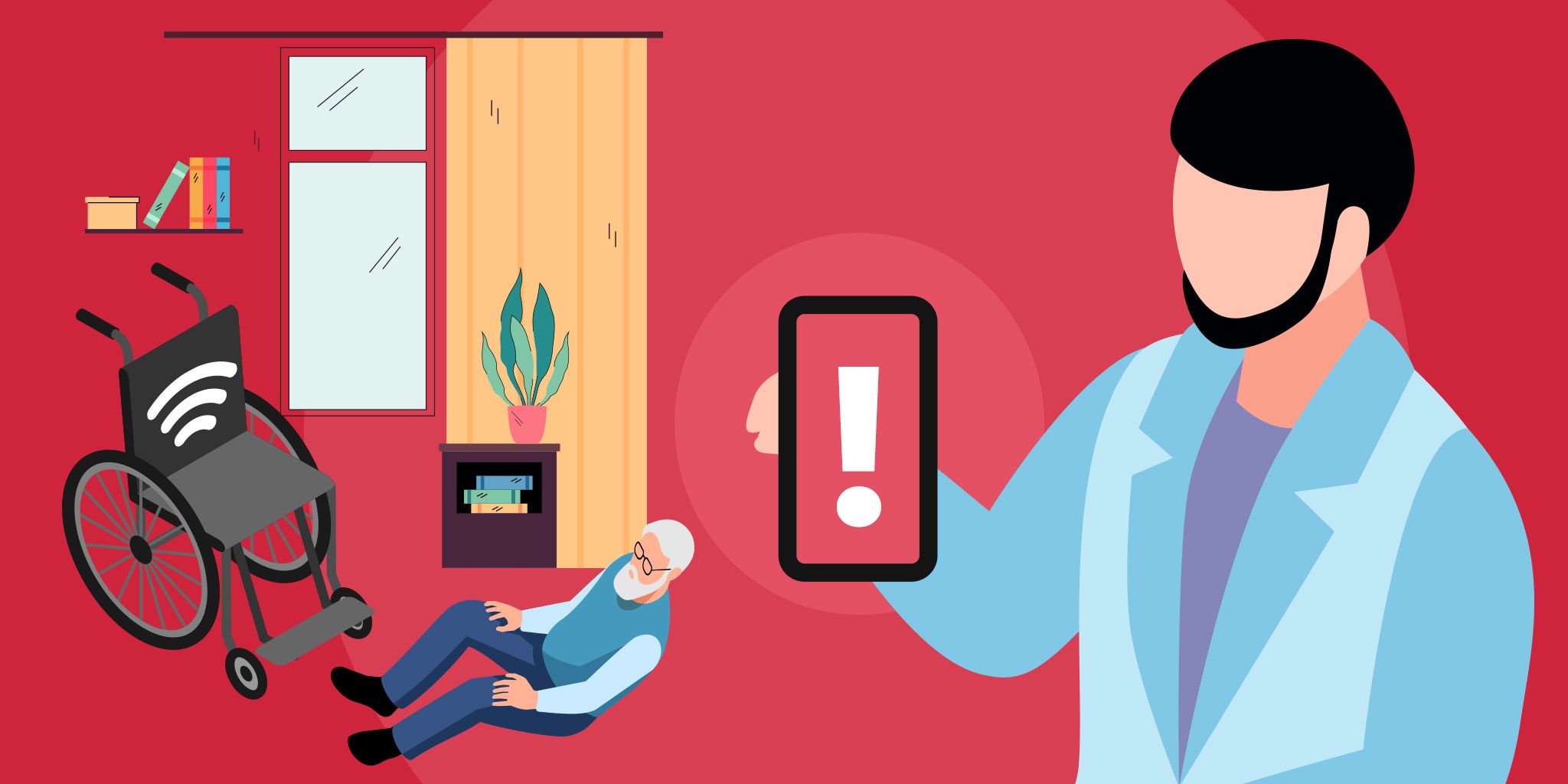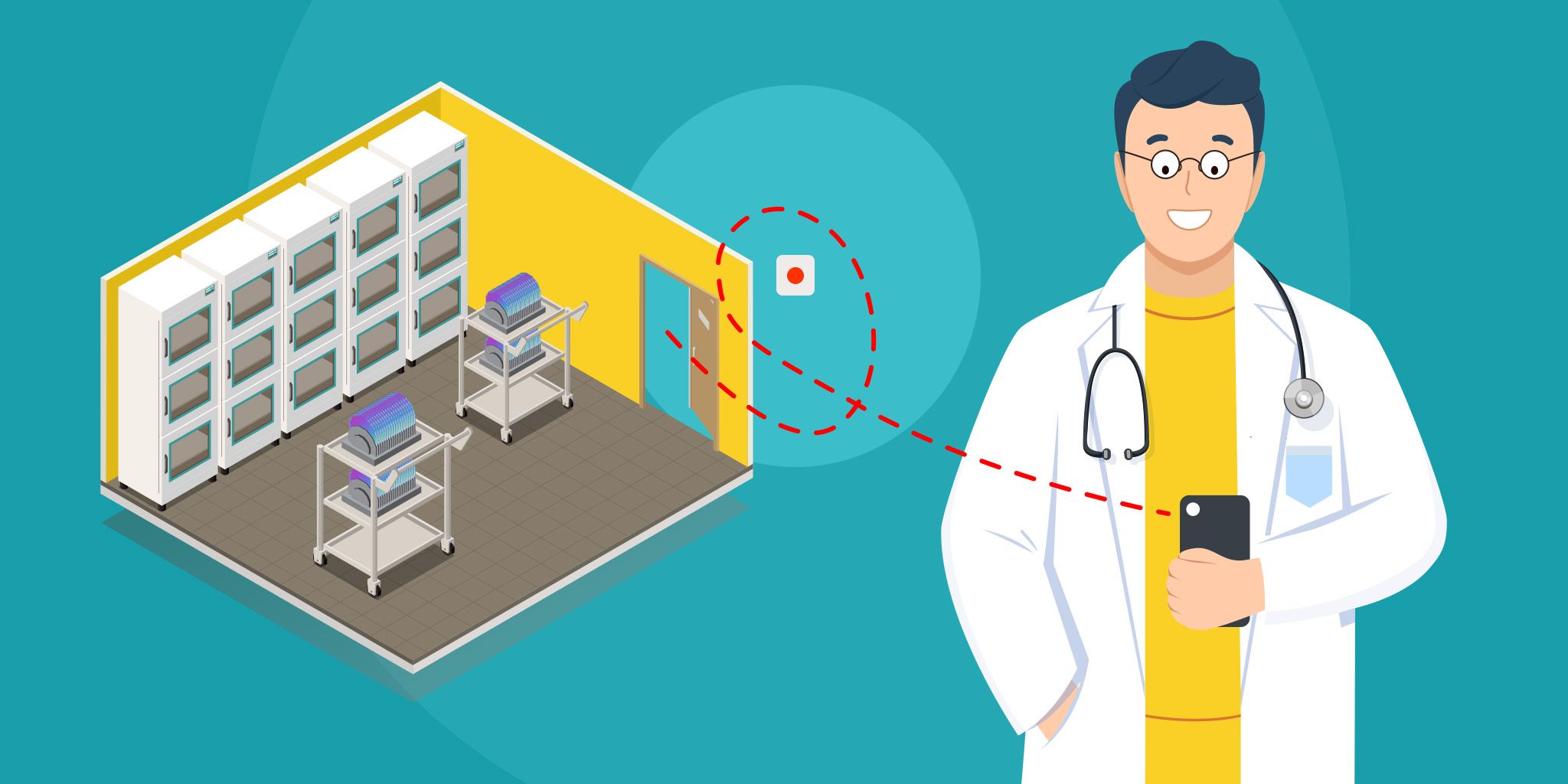How Small Healthcare Businesses Can Leverage Telemedicine
How Small Healthcare Businesses Can Leverage Telemedicine
- Last Updated: October 23, 2025
Sanjay Singh
- Last Updated: October 23, 2025



Picture this: Steve is running a small healthcare service providing company, where he has faced multiple last-minute doctor appointment cancellations due to a lack of communication. The overwhelming thing is that it’s the fifth time this week. It’s not only about losing a patient, but more about his/her pre-scheduled care, needed for chronic disease management.
Steve received a call from the patient, saying, “Hey, my appointment was scheduled today, and due to non-communication from your end. I had to cancel it. This is not expected from a well-reputed healthcare like yours!"
That is where telemedicine comes in. From bridging geographical gaps to reducing healthcare costs and enhancing patient care services, telemedicine is making a significant impact. In other words, telemedicine offers a multitude of opportunities for the small healthcare providers who want to cater to patients through their services.
According to Fortune Insights, the global telemedicine market size was valued at $104.64 billion in 2024 and is expected to reach $334.80 billion by 2032.
Furthermore, the increasing number of chronic diseases and the limited availability of skilled professionals have increased the demand for telemedicine.
Ahead, we will discuss how small healthcare entrepreneurs can leverage telemedicine. Before digging deeper, let’s have a brief introduction to telemedicine.
What is Telemedicine?
According to WebMD, telemedicine is the general term that covers the ways patients and doctors can use technology to communicate. In other words, telemedicine refers to the remote delivery of healthcare services. The application of telemedicine can range from simple text messaging to advanced, remotely controlled surgery.
According to the study by Perspective, telemedicine has been serving patients since its inception in 1950, through 2 common types, including the following:
- Interactive Method: This enables providers and physicians to communicate with each other in real time, while complying with HIPAA.
- Remote Patient Monitoring: This enables remote patients to monitor their current clinical condition from the comfort of their own homes.
How Telemedicine is Helping Small Healthcare Businesses
According to McKinsey, 40% of patients are expected to continue using telemedicine, a significant increase following the COVID-19 pandemic. Additionally, the number of various telemedicine app development demands by the healthcare application development companies has also increased. Especially, the small to mid-size healthcare providers are bending towards developing healthcare applications to take their business to new heights by catering to the patients.
Here comes the most crucial question: What are the benefits of applying telemedicine for healthcare providers?
1. Scales Healthcare Services
With telemedicine, small healthcare providers can scale their services without the need to expand physical locations. They can easily reach a large patient base while catering to their latest clinical condition. This bridges the gap between the patient and the doctors, even if it’s remote.
2. On-Time Care
Regardless of the distance between a physical medical center and a patient, telemedicine enables providers to reach patients on time. This includes various teleconsultation solutions that will allow the delivery of required medical services easily.
3. Cost-Effective
Traditional healthcare services incur multiple expenses, including those for medical equipment, office space, staff salaries, and patient engagement. If you’re running a startup healthcare provider company, you can save on utilities, rent, and medical supplies, as most of the consultations take place remotely.
Here, the courtesy goes to AI achievements in healthcare, as telemedicine can be integrated with AI tools. This enables scheduling, billing, and following up while improving efficiency.
4. Fosters Doctor-Patient Engagement
In this era of digitalization, patients feel engaged if they have access to connect with the doctors via their cell phone/ laptop. Telemedicine offers the same convenience, allowing patients to book appointments while managing other processes seamlessly.
As a healthcare provider, you can leverage this by incorporating the application of telemedicine into your brand. Suppose a patient is suffering from mobility issues and wants a remote doctor consultation. What shall the patient do? Introducing the latest telemedicine application developed for your brand by one of the reputed IoT software solutions companies. Discover how real-time interactions with doctors are enhancing patient care through the application, which is delivering value.
5. Reduces Patient Dissatisfaction
As we discussed in the introduction, where Steve faced the last-minute non-showing of patients, perhaps you have too. This can impact healthcare providers’ revenue while affecting efficiency.
With telemedicine, patients can check doctors’ availability and reschedule appointments as needed. Therefore, it reduces patient dissatisfaction by offering them high flexibility.
What are the Key Telemedicine Solutions for Small Healthcare Entrepreneurs?
- Virtual Consultations: Through AI-integrated video, voice, and text-based consultations, healthcare providers enable patients to connect with doctors in real-time. For example, a telemedicine platform for neurological issues allows patients to upload their recent prescriptions and images of their medications. Based on that, a licensed neurologist will contact them and treat their clinical condition accordingly.
- AI-powered Diagnosis: AI is revolutionizing telemedicine and helping providers with quicker and accurate diagnoses. Based on patient inputs, AI-powered tools can conduct initial assessments. This includes suggesting potential diagnoses and recommending next steps for care. For example, AI voice agents in healthcare can automate tasks such as scheduling, triage, and patient communication.
- Remote patient Monitoring: AI-powered devices worn by patients enable doctors to monitor patients’ clinical conditions. Additionally, they can intervene if the patients are not adhering to exercise, treatment, dietary, and other plans.
- E-Prescriptions: Telemedicine solutions offer prescription management tools that enable healthcare providers to prescribe medications remotely. This is known as e-prescriptions, which streamlines the medication dispensing process. Here, AI plays a pivotal role as it can generate an e-prescription based on the conversation between a patient and a doctor. Moving forward, the doctor can modify the prescription as needed, while keeping in mind the healthcare data privacy strategies.
The applications of telemedicine are no longer just a buzzword. Instead, it’s a necessity that reshapes the understanding of disease and health, while providing solutions accordingly. Powerful analytical engines and connected digital ecosystems are the mitochondria of digital healthcare, from where the primary forces come into play. If you want to take your healthcare clinic to new heights, embrace telemedicine and its applications. Sooner or later, the results will bring the desired values.
The Most Comprehensive IoT Newsletter for Enterprises
Showcasing the highest-quality content, resources, news, and insights from the world of the Internet of Things. Subscribe to remain informed and up-to-date.
New Podcast Episode

Moving Past the Pilot Phase in IoT and AI
Related Articles




